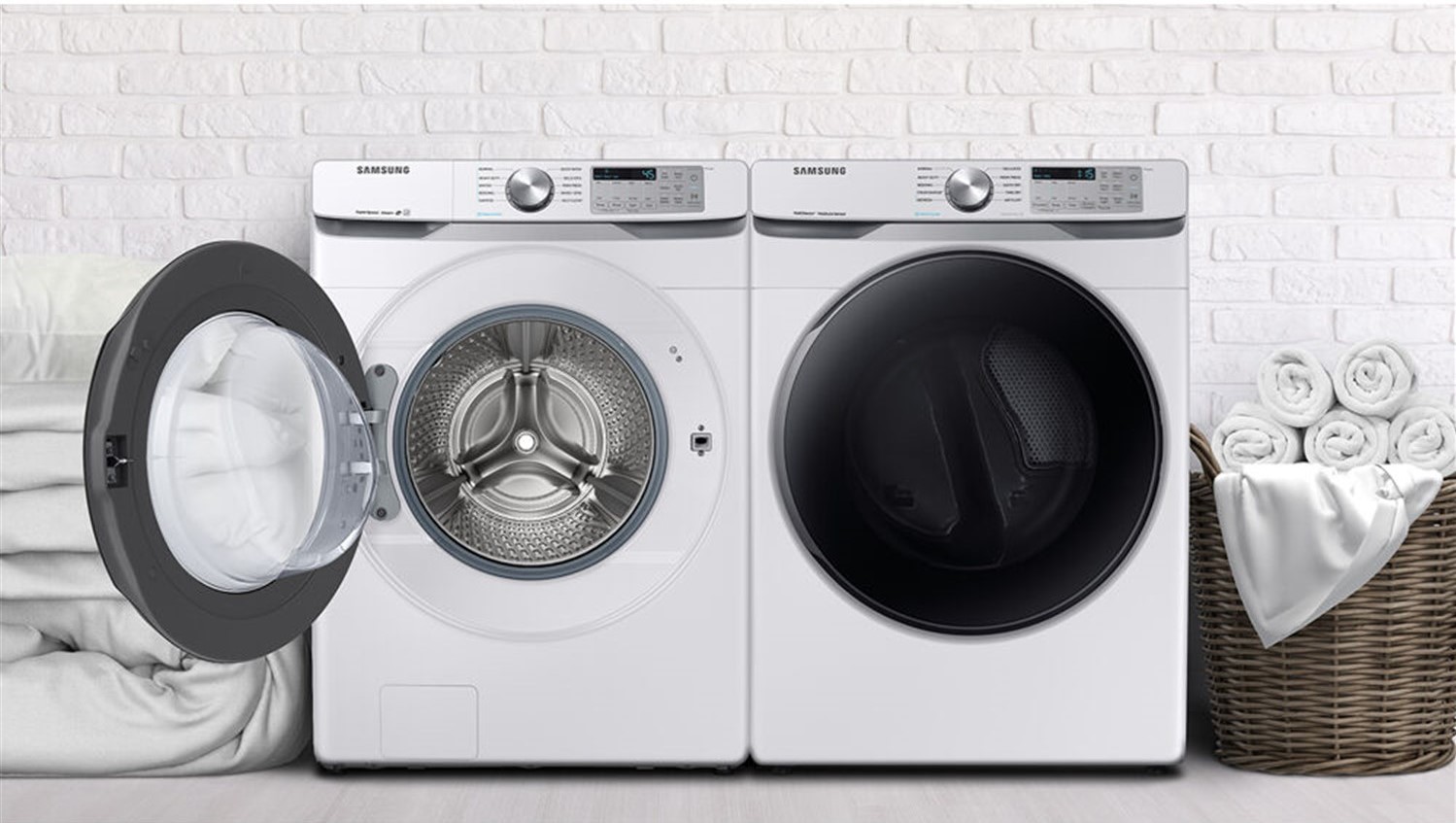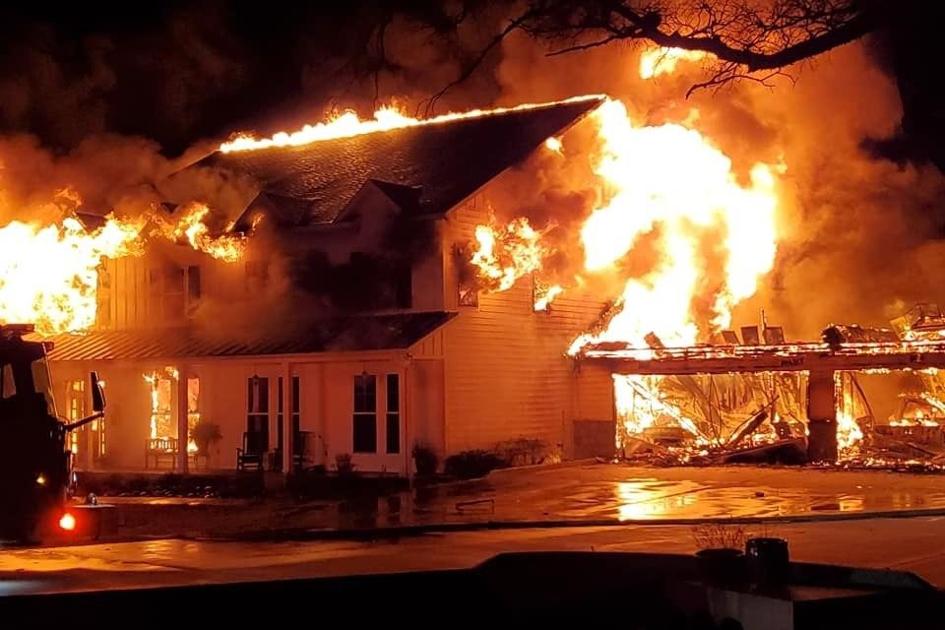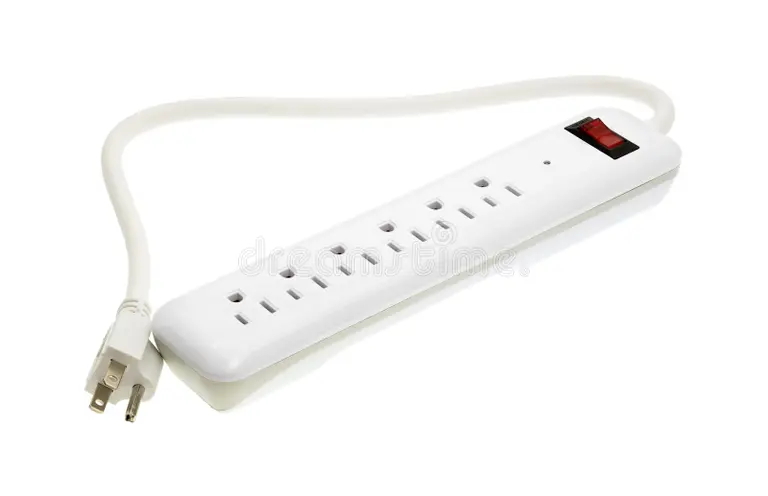Kitchen safety tips when using knives
Kitchen safety is of utmost importance, especially when it comes to handling sharp knives. Here are some essential tips for safely using sharp knives in the kitchen:
- Choose the Right Knife: Select the appropriate knife for the task at hand. Different knives are designed for specific purposes, such as slicing, dicing, chopping, or filleting. Using the right knife reduces the risk of accidents.
- Keep Your Knives Sharp: Ironically, sharp knives are safer than dull ones. Dull knives require more force to cut, which can lead to slips and accidents. Regularly sharpen your knives using a honing rod or a knife sharpener to maintain their sharpness.
- Use a Cutting Board: Always use a stable and non-slip cutting board. Wooden or plastic cutting boards are good choices. Avoid glass cutting boards, as they can quickly dull your knives.
- Proper Hand Position: When holding the knife, use a firm grip but not a tight one. The pinch grip is a common method where you hold the blade between your thumb and forefinger and wrap your remaining fingers around the handle.
- Keep Fingers Curled: When cutting, curl your fingers under your hand to avoid accidentally cutting them. Your knuckles should be guiding the knife, not your fingertips.
- Cut Away from Your Body: When slicing or chopping, make sure the knife's blade is moving away from your body and not towards it. This reduces the risk of self-injury.
- Pay Attention: Stay focused on what you're doing. Distractions in the kitchen can lead to accidents.
- Secure Your Cutting Surface: Ensure that your cutting board is stable and doesn't move while you're using the knife. You can use a damp cloth or a non-slip mat underneath to prevent slipping.
- Store Knives Properly: When you're not using your knives, store them safely in a knife block, magnetic strip, or blade guards to protect the blade and prevent accidental cuts when reaching for them.
- Wash Knives Carefully: Be cautious when washing knives. Hand wash them with mild soap, not in a sink full of soapy water, to avoid cutting yourself while reaching for them.
- Teach Others: If you have children or others in your household who use the kitchen, make sure to educate them about knife safety.
- Seek Training: If you're inexperienced with knives, consider taking a knife skills class or watching instructional videos to learn proper techniques.
- Use Cutting Gloves: If you're concerned about your safety, you can wear cut-resistant gloves when handling knives.
Remember that accidents can happen even when taking precautions. In case of a minor cut, clean the wound immediately and apply a bandage. For more serious injuries, seek medical attention. Kitchen safety is essential, and proper knife handling is a fundamental aspect of it. To ensure safety in your kitchen, you should always have certain items readily available in case of an accident. Practicing good kitchen safety habits, knowing how to respond in case of an accident or fire, and having the necessary equipment on hand can help prevent or mitigate potential emergencies.
First Aid Kit: Keep a well-equipped first aid kit in a readily accessible place. The kit should include bandages, antiseptic wipes, burn cream, scissors, tweezers, and other basic medical supplies.
Emergency Contact List: Have a list of emergency phone numbers, including 911, posted in a visible place in your kitchen. Also, keep important personal contacts handy.






